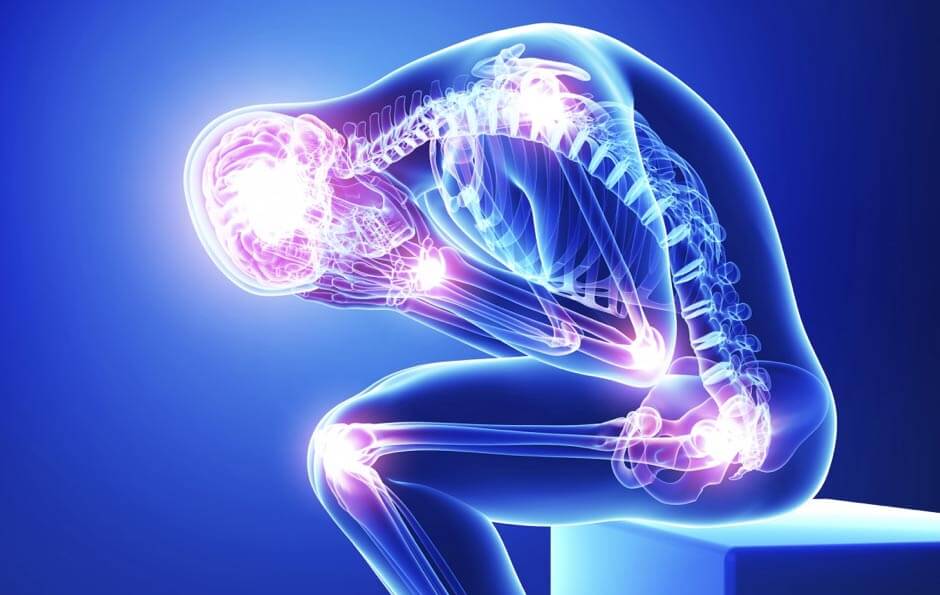“One of the most exciting areas of research and development in the Physiotherapy sphere at the moment is in the understanding of Pain.”
I have been a physiotherapist for 20 years, and feel incredibly fortunate that I find myself in a profession that is so rewarding. I work as a Clinical Educator at the University of South Australia teaching undergraduate physiotherapists and I also work at Physio Pilates Proactive, helping diagnose and treat musculoskeletal injuries. The longer I work as a clinician, the more I am convinced that my greatest skill is actually in education. I see my role as primarily helping people understand how their bodies work, why they may be experiencing problems, and what to do to improve their situation.
One of the most exciting areas of research and development in the Physiotherapy sphere at the moment is in the understanding of Pain.
We are fortunate in South Australia to be at the centre of this ground-breaking area of research, as the Body in Mind (BiM) research group and the Neuro Orthopaedic Institute (NOI) are based here in Adelaide. Between them, and their clever and innovative research teams, these groups are rewriting how we understand and interpret pain messages, and consequently how we go about treating them. And for me, this is the most significant clinical development in physiotherapy in the past 20 years.
One of the biggest shifts in our understanding of Pain is that we no longer believe it is a marker of tissue damage or local pathology, but rather it is an indication of the need to protect or prevent further damage.
In short, pain is not seen as an input but as an output: the result of one’s interpretation (albeit subconscious) of a situation.
This is especially relevant with persistent pain, or situations where the sensation of pain continues long after the original tissue damage has healed. We have long known that stress and anxiety serve to increase one’s pain experience, and that with practice, some can use hypnosis and meditation to reduce and control their pain. However, we are just beginning to appreciate the extent to which our brain dictates our pain.
For example;
Did you know that it is possible to produce pain by purely imagining a movement? And that people with phantom limb pain are able to reduce their symptoms by using mirrors to practice movements, and by looking at pictures of limbs and imagining reproducing these positions themselves?
As a physiotherapist, I feel my job is about helping my patients untangle the complicated web of factors that have led to them seeking my help. Some of these factors may include acute tissue damage, and chronic degenerative changes, but they may also involve emotional and psychological factors.
By helping them understand how their body and their brain work together, I am much more able to help them function in a healthier and happier way.
[x_author title=”The Author”]
[x_share title=”Share this Post” facebook=”true” twitter=”true” google_plus=”true” linkedin=”true”]





Thanks Cath. A great article and eloquently written. I completely share your sentiments.